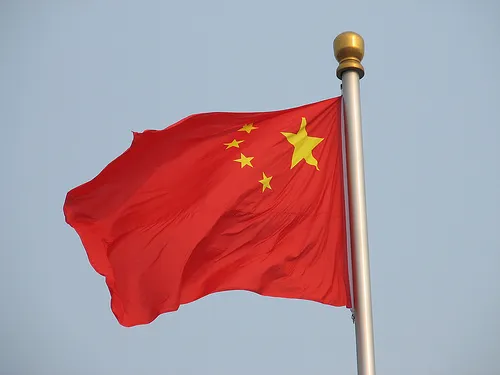
China's inflation dipped 2% in January
Government to maintain relatively accomodative policy.
According to HSBC Global Research, China's inflation numbers came fully in line with expectations. Thanks to the Chinese New Year effect, CPI dipped by 0.5ppt to 2% y-o-y in January, but will likely spike again in February. HSBC adds, the pick up in sequential CPI was led by a seasonal uptick in prices of vegetables and pork.
"However, barring any significant supply-side shock, inflation pressures should remain manageable in the coming months, given the modest pace of recovery. Despite PPI's sequential increase, pass-through to final consumer prices remains limited. There is still room for the PBoC to keep policy relatively accommodative in the near term."
Here's more:
While non-food prices remained relatively stable at 1.6% y-o-y (or 0.1% m-o-m, non seasonally adjusted) compared to 1.7% y-o-y in December, the same could not be said of food prices. Food price inflation continues to be the largest contributor to CPI. Thanks to the run up in food demand ahead of Chinese New Year, food CPI quickened to 2.8% m-o-m growth (non-seasonally adjusted) from 2.4% m-o-m in December.
More specifically, pork prices rose 5.2% m-o-m compared to 3.9% m-o-m in December, and fresh vegetable prices by 12.7% m-o-m compared to 17.5% m-o-m in December.
As expected, China's PPI contraction continued to ease, to a pace of -1.6% y-o-y in January from -1.9% y-o-y. Its sequential growth rate also turned positive for the first time in three months.
China's y-o-y growth data for January and February are always blurred due to the irregular timing of Chinese New Year. As such, neither the temporary dip in January's CPI reading or the likely spike in February's (likely over 3.0% y-o-y) should be looked at in isolation. To fully strip out such distortions, it is better to combine the first two months together and check developments in the months onwards.
In light of all recent data releases before Chinese New Year distortions set in, inflationary pressures in China remain manageable alongside China's modest pace of economic recovery. While the first sequential increase in producer prices for months confirms that demand conditions are still improving, any pass-through to final product prices remains limited so far.
This was evidenced by a stable non-food price inflation print and the moderation of the output prices sub-index in HSBC's China manufacturing PMI (See: HSBC China Manufacturing PMI (Final, Jan): Trending up to a two-year high of 52.3, published 1 February)
Indeed, PBoC remains vigilant on inflation risks, against the backdrop of China's ongoing growth recovery and the up-coming flood of global liquidity (according to the PBoC's 4Q monetary policy report).
But barring any significant supply-side shocks, any future rebound in prices will likely be manageable thanks to a much more modest pace of economic recovery. There remains enough room for the PBoC to keep policy relatively accommodative in the near future.
Bottom line: CPI temporarily dipped in January before a likely spike in February, due to Chinese New Year distortions. In the months beyond, however, inflation pressures should remain manageable thanks to a very modest pace of economic recovery.








![Cross Domain [Manu + SBR + ABF + ABR + FMCG + HBR + ]](https://cmg-qa.s3.ap-southeast-1.amazonaws.com/s3fs-public/styles/exclusive_featured_article/public/2025-01/earth-3537401_1920_4.jpg.webp?itok=WaRpTJwE)









 Advertise
Advertise


